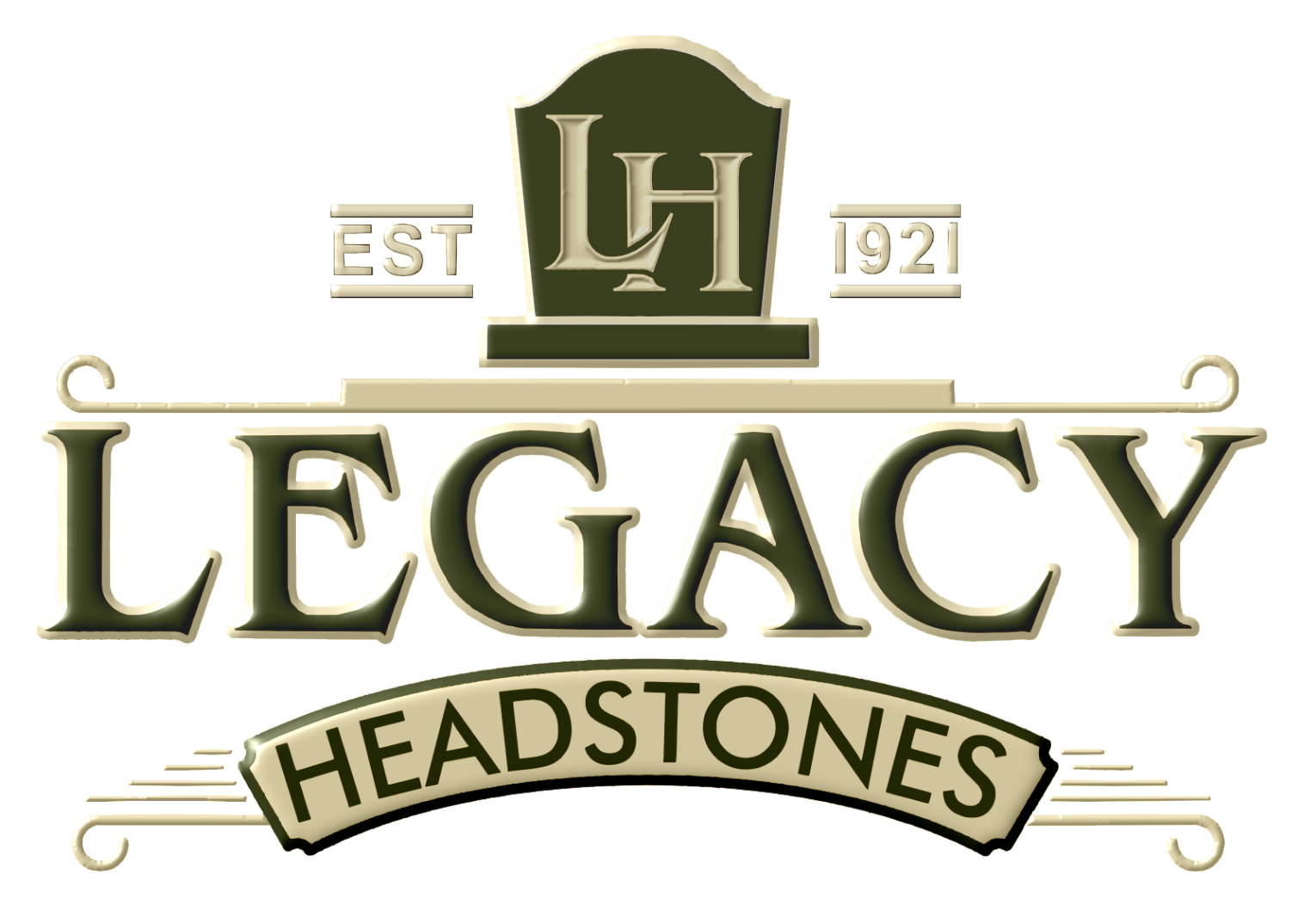Every culture has its own unique way of honoring the deceased. While flowers, life insurance, and headstones are common in Western funeral traditions, other cultures have developed elaborate, symbolic, and sometimes unusual ways to commemorate the departed. These customs reflect deeply held beliefs about the afterlife, family, and the spiritual journey beyond death. Here, we explore some of the most fascinating burial traditions from around the world.
Reflecting on Global Burial Customs
Burial traditions around the world reflect the diversity of cultural perspectives on death and the afterlife. Whether through joyous celebrations, artistic expressions, or natural returns to the earth, these customs demonstrate a shared desire to honor and remember those who have passed. While practices vary, the underlying message remains the same: love, respect, and remembrance endure beyond death.
Famadihana – The Turning of the Bones (Madagascar)
For the Merina people of Madagascar, death is not the end of a relationship with loved ones. Instead, every seven years, families unearth the remains of their ancestors in a tradition known as Famadihana, or “The Turning of the Bones.”
During this celebration, the deceased are exhumed, wrapped in fresh silk shrouds, and paraded around while music plays and relatives dance. Families take this opportunity to share news, seek blessings, and reaffirm their connection to their ancestors. While the event can be financially burdensome, requiring significant resources to host, it is considered a sacred duty and a joyous occasion rather than a time of mourning.
Fantasy Coffins – Ghana
In Ghana, particularly among the Ga people, funerals are a celebration of life rather than a somber event. A central part of this tradition is the fantasy coffin, a custom-built casket designed to reflect the passions, profession, or personality of the deceased.
From giant fish and airplanes to sneakers and luxury cars, these coffins are crafted as works of art, symbolizing the aspirations and achievements of the departed. Originally reserved for the elite, this practice has become more widespread since the 1960s, turning funerals into vibrant, meaningful celebrations of a person's legacy.
Sky Burial – Tibet and Mongolia
In Tibetan and Mongolian Buddhist traditions, the body is seen as an empty vessel after death, and the spirit is believed to have moved on. Because of this, Sky Burials—where the body is placed on a mountaintop or open area to decompose naturally—are common.
This practice serves multiple purposes: it aligns with Buddhist principles of impermanence, provides sustenance for local wildlife, and prevents the use of valuable land for burial. Even the yak used to transport the body is set free afterward, symbolizing the cycle of life and the deceased’s final act of generosity to nature.
Ngaben – The Balinese Cremation Ceremony
In Bali, Indonesia, cremation is considered essential for releasing the soul and allowing it to reincarnate. The Ngaben ceremony is an elaborate event where the deceased’s body is initially treated as though they are merely sleeping. Families continue to care for and honor their loved one until an ornate cremation tower is constructed, which can take days or even months to complete.
Once ready, the body is placed in a beautifully decorated casket and carried in a zigzag procession to the cremation site. The erratic path is believed to confuse evil spirits that might try to capture the soul. The ritual concludes with a grand pyre, symbolizing the release of the soul into the next stage of existence.
Canao – The Ifugao Death Ritual (Philippines)
The Ifugao people of the Philippines follow a tradition that delays burial, allowing extended ceremonies to honor the deceased. The body is often displayed for several days—sometimes seated in a favorite chair—while family members host feasts, share stories, and pay their respects.
After burial, the deceased is not forgotten. Two years later, the body is exhumed, the bones are cleaned, and they are often placed in a shrine within the family home. This continued connection between the living and the dead highlights the Ifugao belief in an ongoing spiritual presence and the importance of ancestral guidance.

